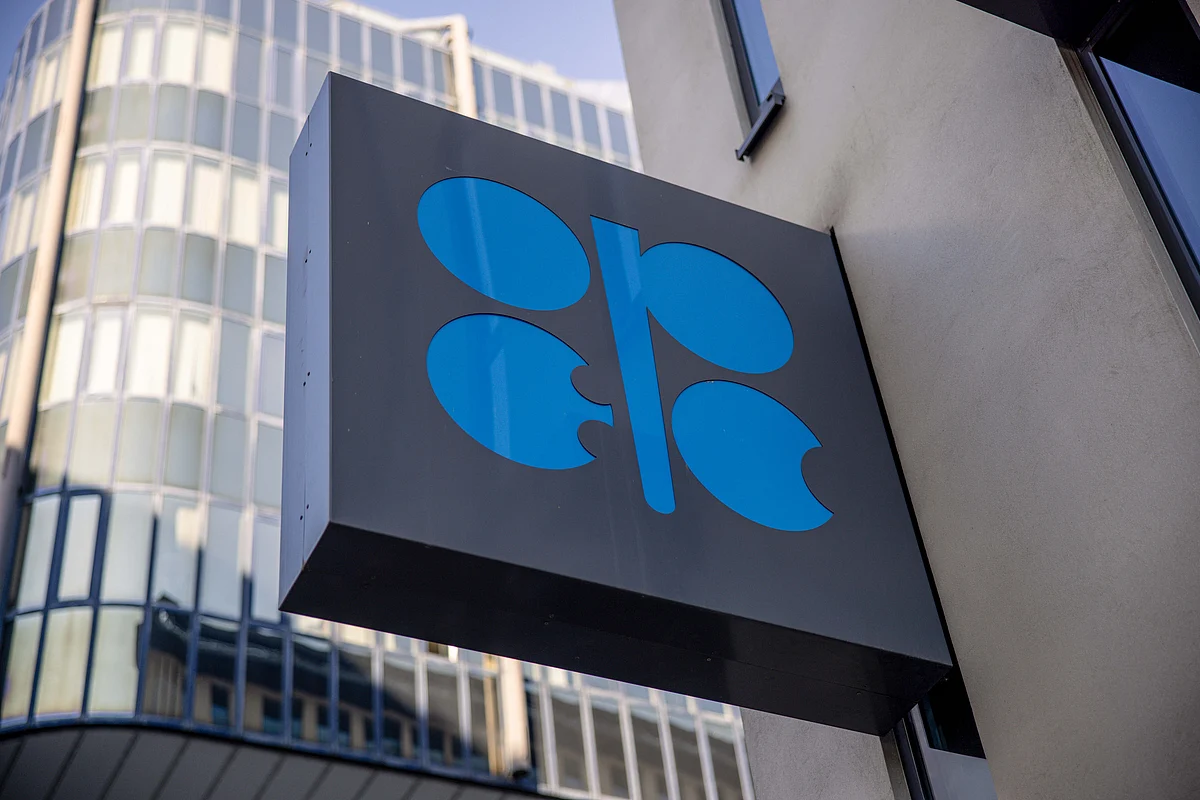OPEC+ will sharply hike production again in September to finish unwinding its latest tranche of supply cuts in a push for market share, but left a question mark hanging over its future options as global markets face a mounting surplus.
Saudi Arabia and its partners agreed on a video conference to add 547,000 barrels a day next month. This completes the accelerated reversal of a 2.2 million-barrel cutback made by eight members in 2023, and also includes an extra allowance being phased in by the United Arab Emirates.
The latest hike caps a dramatic shift from the Organization of the Petroleum Exporting Countries and its partners, from defending prices to opening the taps. Their pivot has helped cap oil and gasoline futures amid geopolitical tensions and strong seasonal demand, offering some relief for drivers and a win for US President Donald Trump. But the added barrels are hitting a market that is already heading toward a sizable surplus.
OPEC+ will keep its options open regarding another layer of halted output, amounting to about 1.66 million barrels, which currently expires at the end of 2026, three of the delegates said. Its revival will depend on the health of market fundamentals, they emphasized, with one adding the possibility of a review later this year. The eight nations scheduled a follow-up meeting for Sept. 7.
The brevity of Sunday’s call, at just 16 minutes, illustrates that the alliance is united in its strategy, a senior OPEC delegate said. The coalition retains the flexibility to meet at any time, to pause supply increases or even reverse the ones recently agreed, they added.
“What many feared would crash prices and test internal cohesion has so far been a smooth and orderly return,” said Jorge Leon, an analyst at Rystad Energy A/S who previously worked at the OPEC secretariat. “But the group is still threading a fine needle. Will it move to unwind the remaining 1.66 million barrels per day to defend market share?”
Sunday’s decision, confirming an agreement in principle first reported on Saturday by Bloomberg, also comes as Trump intensifies diplomatic pressure on OPEC+ co-leader Russia. The president has threatened Moscow with secondary tariffs on its oil customers unless there is a swift ceasefire in the war in Ukraine.
A disruption to Russian flows would threaten to drive up crude prices and run counter to Trump’s repeated call for cheaper oil, as he pushes the Federal Reserve to lower interest rates.
Russia’s Deputy Prime Minister Alexander Novak made a rare visit to Riyadh on Thursday to discuss “cooperation between the countries” with Saudi Arabian Energy Minister Prince Abdulaziz bin Salman. The two countries have jointly led OPEC+ since its creation almost a decade ago.
The meeting was intended for Saudi Arabia to show unity with Russia and bridge any gaps in their points of view ahead of the meeting, one of the delegates said.




